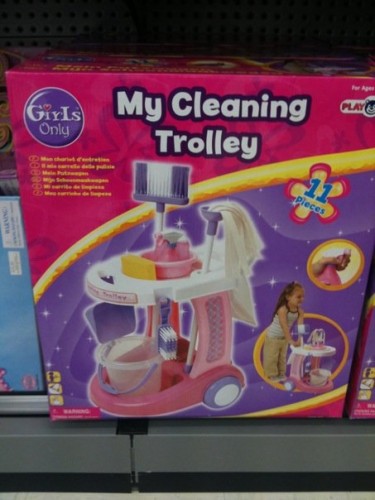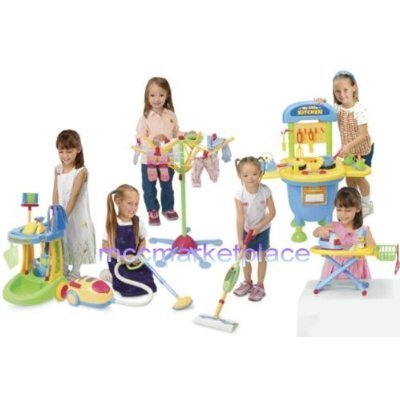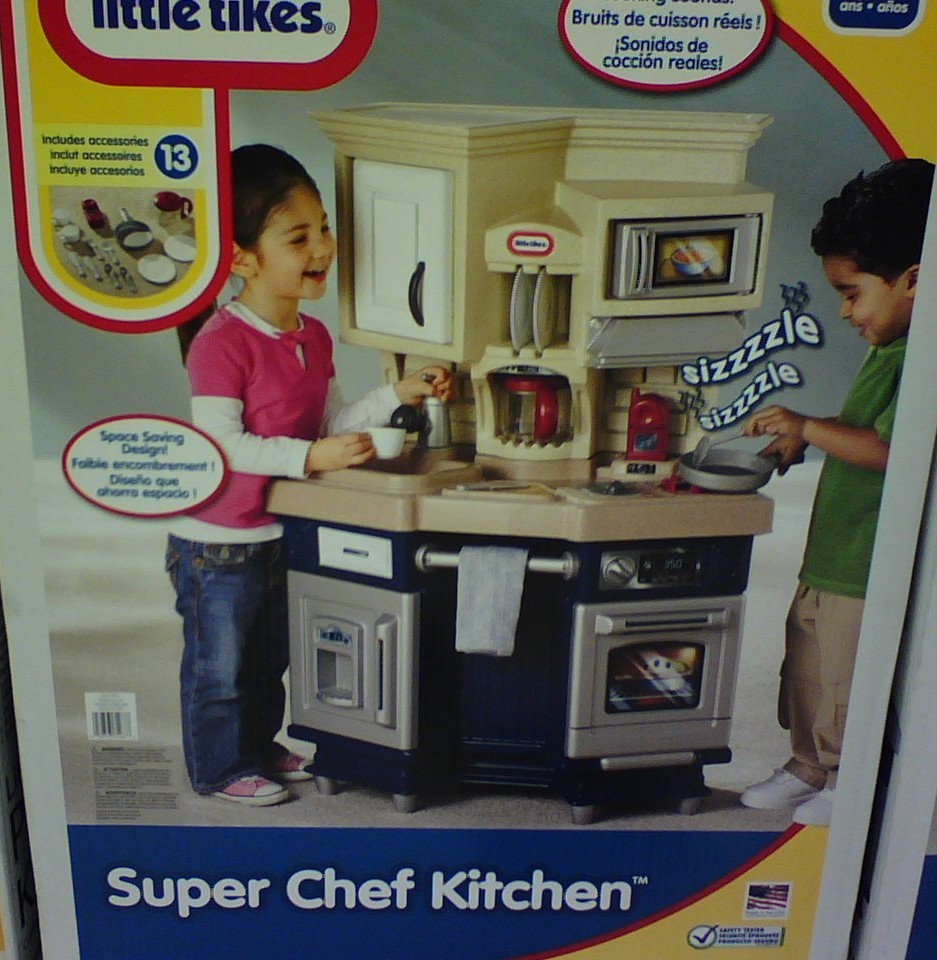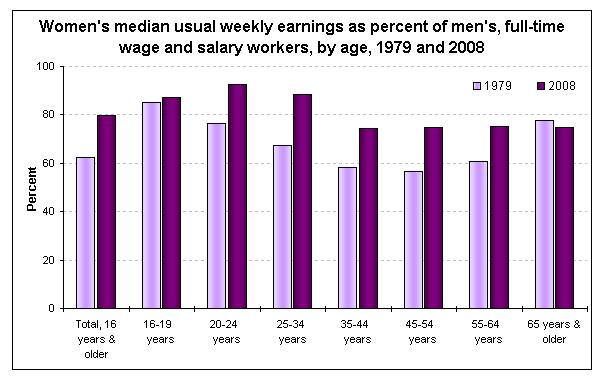This last week New York Times suggesting that older woman/younger man relationships were on the rise. But I wouldn’t get too excited just yet. The data below shows that the percentage of men marrying women ten and especially five years younger is decreasing and the percentage of women marrying men ten and especially five years younger is increasing.
It all looks very dramatic until you check out the y axis. Notice that the y axis for the “husband older” graph is zero to 35%, but the y axis for the “wife older” graph is zero to 10%. This makes the data for men look more impressive than it is. Not that 8 or 10 percentage points is insignificant, but it would be far less impressive on a zero to 100 scale. The data for the women, especially sitting right next to the “husband older” table, look far more impressive than it is.
Only about 6% of women are marrying men five years younger or more. That’s a two percentage point increase since 1960. Not exactly a cougar revolution. One in four men are still marrying women five years younger or more. And, though it appears that they’re not marrying women five years younger or more as frequently, the age distribution of the remaining 69% of marriages is left invisible and most of them probably involve women that are somewhat younger than their husbands.
So, yes, today women are more likely to marry younger men than they were in 1960. But the presentation of the data (the inconsistency in the y axis) makes the degree of difference seem larger than it is.
—————————
Lisa Wade is a professor of sociology at Occidental College. You can follow her on Twitter and Facebook.














